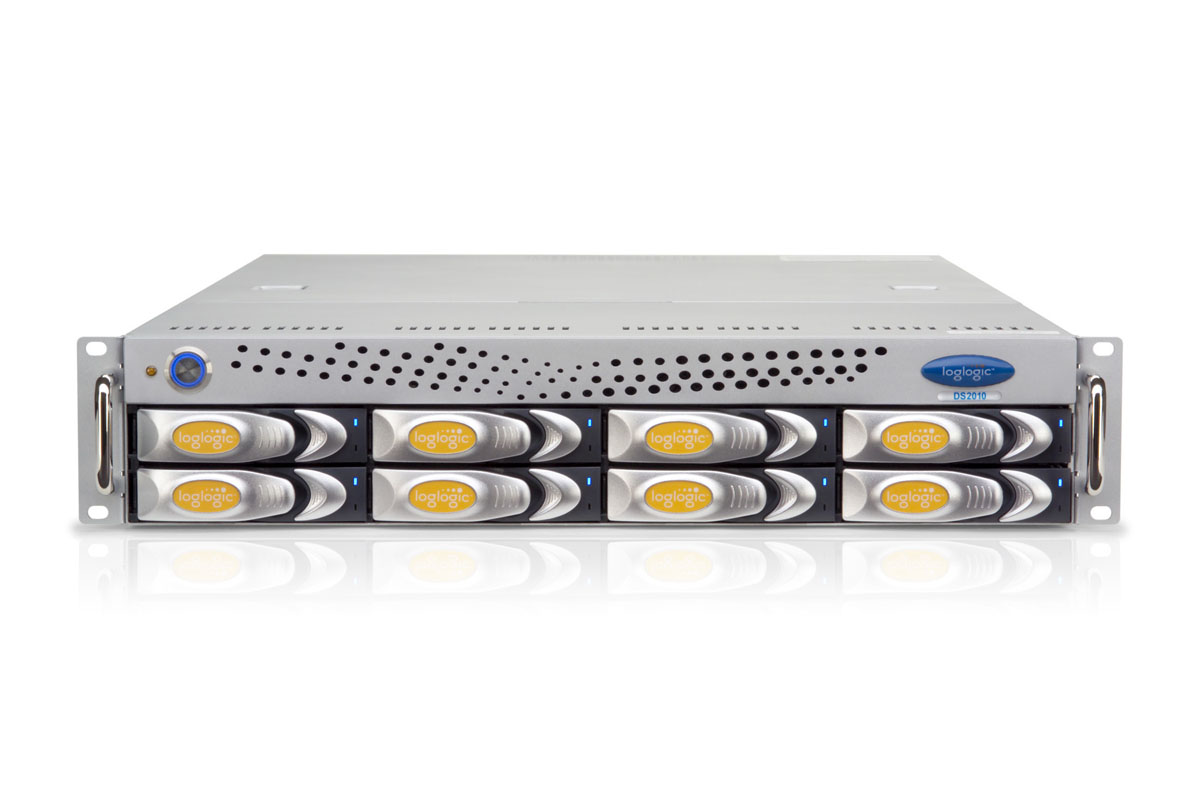Loglogic Database Security Manager appliance review
LogLogic’s new database security solution aims to avoid any downtime with its unique vPatches. In this review we find out if it can protect your databases without impacting on your SLAs.

LogLogic’s DSM is priced similarly to most competing database security solutions but stands out with its unique vPatch feature as this does away with the need for expensive downtime when applying patches and updates. It’s also easy to deploy and the sensors have no impact on database performance but if you want base lining you will need to factor in the additional cost of an MX or LX log management appliance.

The appliance automatically picks up new sensors and posts them in its web interface as ready for administrative approval after which they are activated. The DSM console provides a slick dashboard with a couple of traffic lights showing at-a-glance status readouts for all sensors and databases.
Rules watch out for particular database activity and will fire off actions if triggered. These include SNMP traps, syslog, DSM alerts and running scripts or you can muscle dodgy users off the network using brute force TCP resets.
The latter is a last resort and DSM's quarantining feature could be more appropriate. This is a function available in rules where you can block a user for so many minutes while you investigate the reason they triggered an alert. Users won't be aware they are being blocked and you can lift the quarantine when you've finished checking up on them.
Rule creation is aided by wizards where you choose criteria such as user names, database commands, schema, dates or times and assign single or multiple triggers and actions. Rules are then assigned to selected databases and you can use tags which group rules together allowing multiple rules to be applied to a database.
Get the ITPro daily newsletter
Sign up today and you will receive a free copy of our Future Focus 2025 report - the leading guidance on AI, cybersecurity and other IT challenges as per 700+ senior executives
Dave is an IT consultant and freelance journalist specialising in hands-on reviews of computer networking products covering all market sectors from small businesses to enterprises. Founder of Binary Testing Ltd – the UK’s premier independent network testing laboratory - Dave has over 45 years of experience in the IT industry.
Dave has produced many thousands of in-depth business networking product reviews from his lab which have been reproduced globally. Writing for ITPro and its sister title, PC Pro, he covers all areas of business IT infrastructure, including servers, storage, network security, data protection, cloud, infrastructure and services.
-
 Google faces 'first of its kind' class action for search ads overcharging in UK
Google faces 'first of its kind' class action for search ads overcharging in UKNews Google faces a "first of its kind" £5 billion lawsuit in the UK over accusations it has a monopoly in digital advertising that allows it to overcharge customers.
By Nicole Kobie Published
-
 Darktrace unveils tailored AI models with a twist for its cybersecurity agent
Darktrace unveils tailored AI models with a twist for its cybersecurity agentNews Darktrace has announced new AI models for its agentic AI security tool, but it's taken a novel approach to tackle hallucinations.
By Rory Bathgate Published
-
 This tech company wants to pay staff to look after their mental and physical wellbeing
This tech company wants to pay staff to look after their mental and physical wellbeingNews Hot on the heels of its four-day week trial, tech company Thrive is offering staff new incentives to take care of their mental and physical wellbeing.
By Ross Kelly Published